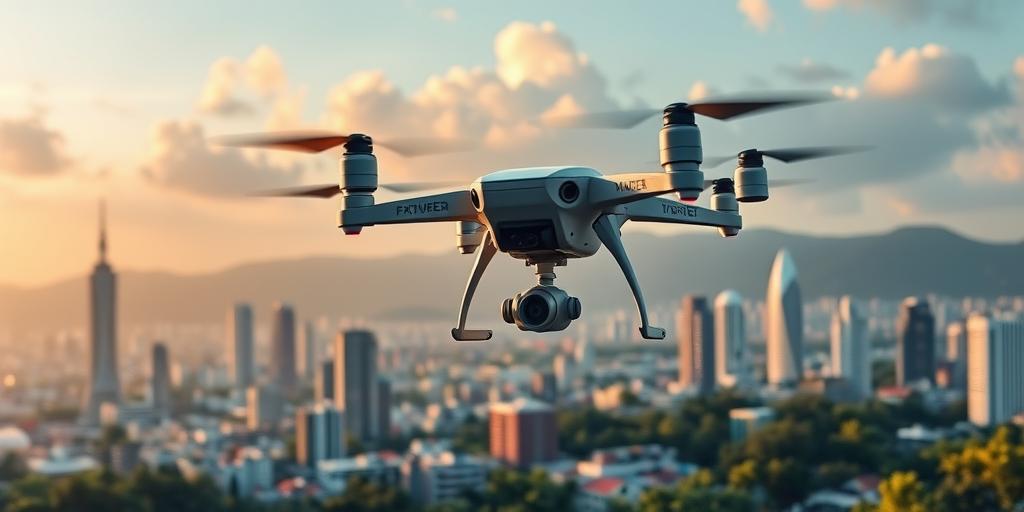The Future of Drones: Delivery, Surveillance, and More (2025)
Drones have rapidly evolved from military tools to everyday gadgets. By 2025, we can expect even more integration of drones into various aspects of life. This article provides an informative look at the expected advancements and applications of drone technology.
Delivery Services
One of the most anticipated uses of drones is in delivery services. Companies like Amazon and UPS have already been testing drone delivery systems. By 2025, expect to see widespread adoption, especially in suburban and rural areas.
- Faster Delivery Times: Drones can bypass traffic congestion, offering quicker delivery times.
- Cost-Effective: Reduced labor costs and fuel consumption make drone delivery economically attractive.
- Remote Access: Drones can reach remote locations, expanding delivery possibilities.
Surveillance and Security
Drones are increasingly used for surveillance and security purposes, providing real-time monitoring and enhanced situational awareness. In 2025, advancements will likely include:
- Enhanced Sensors: Drones equipped with high-resolution cameras and infrared sensors will provide detailed surveillance.
- Autonomous Monitoring: AI-powered drones can patrol predefined areas autonomously, alerting authorities to anomalies.
- Public Safety: Police and fire departments will utilize drones for search and rescue operations, as well as crime scene investigation.
Agriculture
Agriculture stands to benefit significantly from drone technology. Drones equipped with specialized sensors can monitor crop health, optimize irrigation, and apply pesticides with precision. Key advancements include:
- Precision Farming: Drones can identify areas needing attention, reducing waste and maximizing yields.
- Crop Monitoring: Regular drone flights can provide data on plant health, soil conditions, and water levels.
- Automated Spraying: Drones can apply fertilizers and pesticides more efficiently than traditional methods.
Infrastructure Inspection
Inspecting infrastructure such as bridges, pipelines, and power lines is a hazardous and time-consuming task. Drones offer a safer and more efficient alternative. By 2025, expect:
- Detailed Inspections: Drones can capture high-resolution images and videos, identifying potential issues early.
- Remote Assessments: Inspectors can assess infrastructure remotely, reducing the need for on-site visits.
- Cost Savings: Reduced labor and equipment costs make drone inspections economically viable.
Environmental Monitoring
Drones play a crucial role in environmental monitoring, providing data on deforestation, pollution levels, and wildlife populations. Future advancements include:
- Air Quality Monitoring: Drones equipped with air quality sensors can track pollution levels in urban and industrial areas.
- Wildlife Surveys: Drones can conduct wildlife surveys more efficiently and with less disturbance than traditional methods.
- Deforestation Tracking: Drones can monitor forest health and track deforestation rates in real-time.
Challenges and Considerations
Despite the numerous benefits, the widespread adoption of drones faces several challenges:
- Regulation: Clear and consistent regulations are needed to govern drone operations and ensure safety.
- Privacy Concerns: Measures must be taken to address privacy concerns related to drone surveillance.
- Security Risks: Safeguards are needed to prevent drones from being used for malicious purposes.
Conclusion
The future of drones is promising, with numerous applications poised to transform various industries. As technology advances and regulations evolve, drones will likely become an integral part of our daily lives by 2025.
